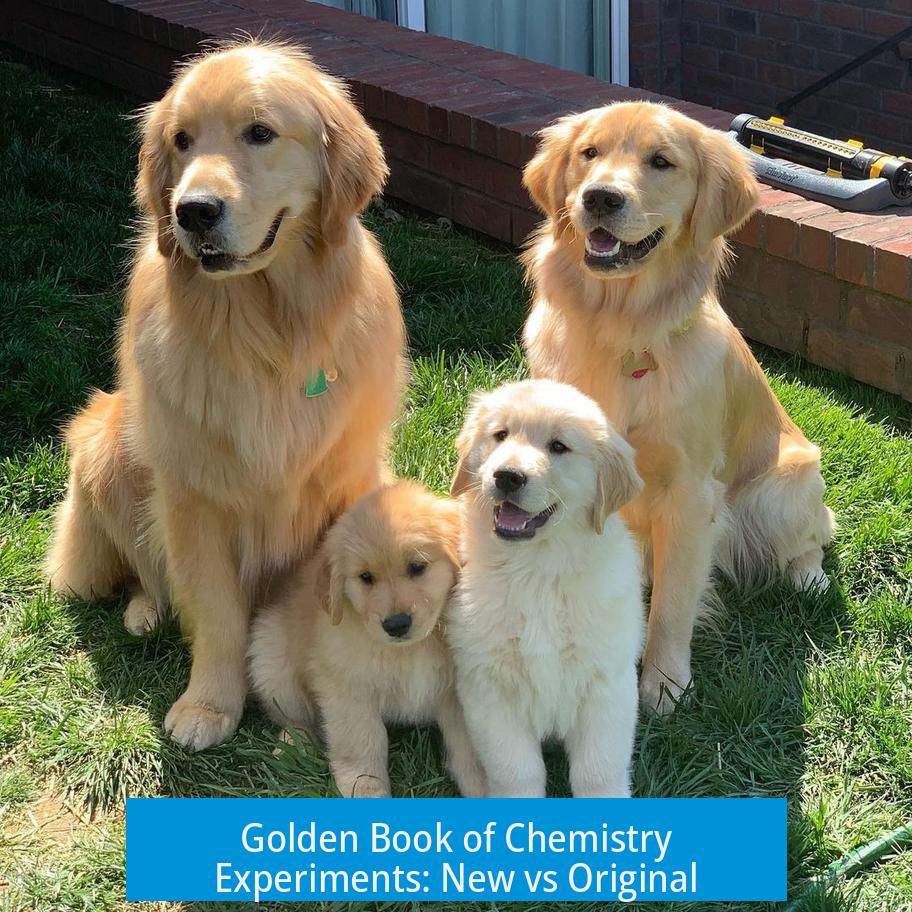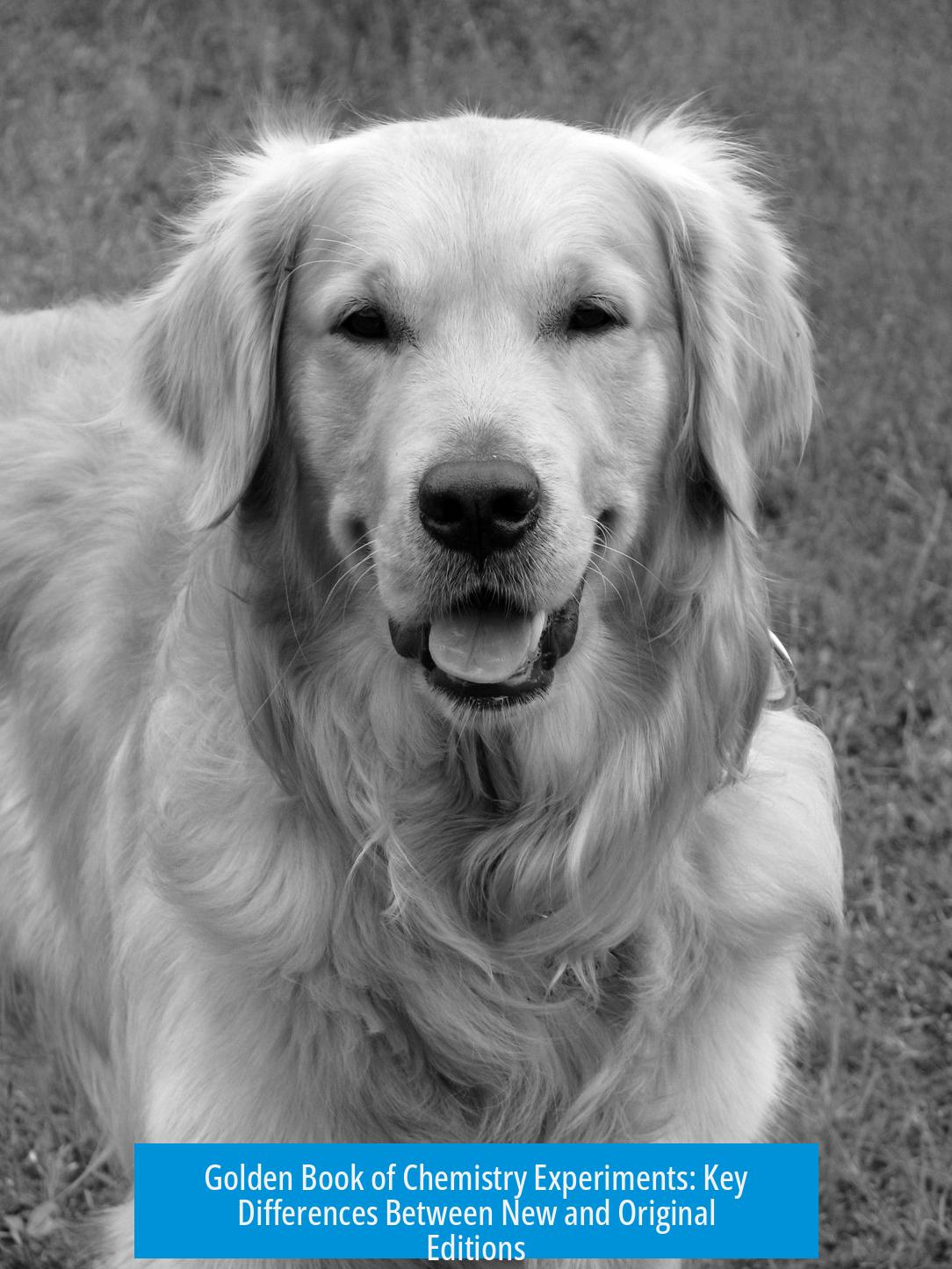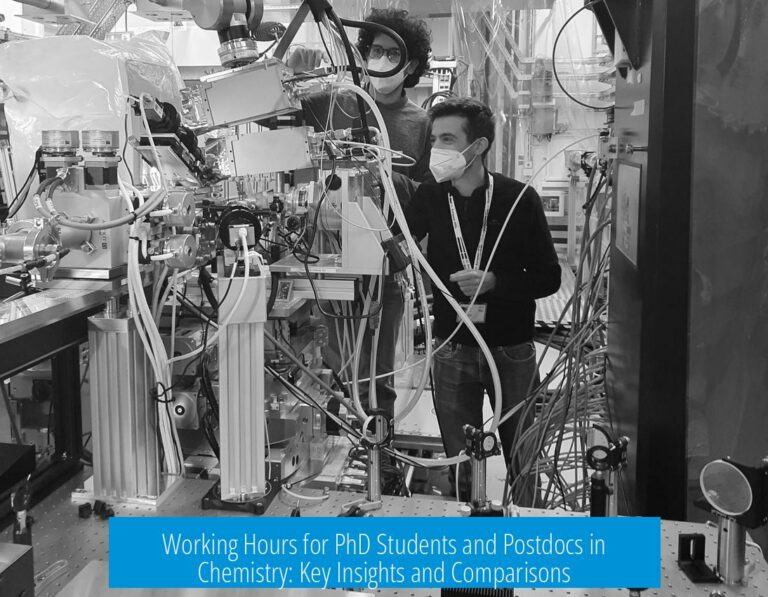Golden Book of Chemistry Experiments: New vs Original

The original Golden Book of Chemistry Experiments is notorious for containing extremely dangerous experiments with minimal safety guidance, which led to its banning in the late 1960s. Newer editions and modern alternatives focus on safety and responsible chemistry practices while still providing educational value.
Original Golden Book: Description and Legacy
The Golden Book of Chemistry Experiments first appeared in the 1950s. It was uniquely bold in its content, offering readers various hands-on chemistry experiments. Many of these were hazardous, such as synthesizing chlorine or handling iodine and hydrogen sulfide gases. Despite its perilous nature, the book offered detailed pictorial instructions on skills like glass blowing, filtration, and reagent preparation, making it a valuable resource for young chemistry enthusiasts of that era.
Users often recall borrowing it repeatedly, captivated by experiments that most modern books would not endorse. The straightforward illustrations contributed to its appeal and usefulness as a learning tool. However, the approach to safety was minimal and sometimes dismissive, aligned with the chemical culture before the 1960s when safety protocols were not yet a priority.
Safety Concerns and Risk Assessment

The original Golden Book exudes a cavalier attitude toward hazards. It provides insufficient warnings about the dangers posed by chemicals used in the experiments. For example:
- Chlorine: Recognized for strong irritant properties, but the book downplays its toxicity, assuming its pungent odor would act as a warning.
- Iodine: Considered unpleasant but “manageable” with correct use.
- Hydrogen sulfide: A much more dangerous chemical whose lethal potential the book understates. It has a quickly paralyzing effect on the sense of smell, making its detection by odor unreliable and increasing risk.
These issues underscore potential life-threatening risks with some experiments. The original text does not emphasize critical safety equipment or procedures, which in modern laboratory standards is unacceptable.
Historical Context and Banning
During the 1950s and early 1960s, there was a cultural enthusiasm for hands-on science. Kids built rockets and experimented with chemicals, often unsupervised. It was a decade of adventurous exploration, where safety was secondary.
However, as chemical safety awareness grew, especially by the late 1960s, many libraries and institutions “banned” the Golden Book. This was a preventive step due to the dangerous nature of some experiments and the book’s failure to advocate robust safety measures.
Availability and Legitimacy of Editions
Original copies of the Golden Book have become collectors’ items, commanding prices upwards of $250. Fortunately, the text is widely available online as free PDFs, making it accessible to enthusiasts and students who want to study the historical aspect of chemistry education.
Modern printed versions appear sporadically, such as on platforms like Amazon. However, questions linger about their authenticity and whether they incorporate any updated safety guidelines or content revisions. Some are likely straightforward reprints of the original content without modifications.
Comparison with Newer Chemistry Experiment Books
In response to the original’s shortcomings, recent chemistry experiment guides emphasize safety rigorously. For example, Matt Thompson’s Illustrated Guide to Home Chemistry Experiments is often recommended.
- Safety Focus: This guide treats chemical hazards and protective measures as essential, providing detailed instructions on wearing personal protective equipment, working in ventilated areas, and proper disposal of chemicals.
- Educational Clarity: It explains chemical principles clearly, suitable for modern learners, blending practicality with caution.
- Accessible Content: Designed for home and classroom use, it balances engaging experiments with responsibility, avoiding the risks seen in the Golden Book.
While the Golden Book inspired generations of chemists with dramatic demos and explosive reactions, newer books foster enthusiasm with a safer framework.
Summary of Differences
| Aspect | Original Golden Book | New Editions / Alternatives |
|---|---|---|
| Safety Emphasis | Minimal, often dismissive of hazards | Strong focus on safety protocols and risk reduction |
| Experiment Types | Includes highly hazardous procedures (chlorine, hydrogen sulfide) | Mostly safe or moderately risky experiments with thorough warnings |
| Availability | Collector’s item; free PDFs online; questionable reprints | Widely available with verified publishers |
| Instruction Style | Pictorial with minimal text; aimed at adventurous learners | Detailed text explanations and safety notes |
| Cultural Context | Reflects 1950s-60s adventurous, less safety-conscious era | Reflects modern understanding of chemical risks and education standards |
Key Takeaways
- The original Golden Book offers historical insight but poses significant safety hazards.
- It contains vivid pictorial instructions but provides inadequate warnings on dangerous chemicals.
- The book was banned from many libraries in the 1960s due to these risks.
- Modern chemistry experiment books, such as Thompson’s, prioritize safety and responsible practices.
- Collectors’ editions of the original book are costly; however, free digital versions exist online.
- The legitimacy of some new printed versions of the Golden Book remains unclear.





Leave a Comment